There are no documents recording the ancient costumes of the pioneers who first came to Hoa Luu - Vi Thanh area. This source of immigrants mainly came from Rach Gia, An Giang , Can Tho, Vinh Long. Therefore, the way of dressing has many similarities, in the general situation of the Southern people.
Ao ba ba, one of the popular costumes of people in Hoa Luu - Vi Thanh region from the past to the present.
According to Can Tho Gazetteer: “... around the 19th century, women in the Mekong Delta wore ao dai regularly, even when doing heavy labor...”. This was a type of clothing for both men and women. In the early days of land reclamation, perhaps the residents of Hoa Luu - Vi Thanh also wore ao dai. This is an old style of ao dai, discreet, with two equal flaps, knee-length, covering the “crossroads pants” or “nem leaf pants”.
The shirt is fastened with a cloth knot in the middle, usually without pockets, and is black. Gradually, the ao dai was transformed into a flap, which was raised neatly, combined with a turban accessory, becoming the ceremonial dress of provincial, district, commune, village officials or landlords when attending festivals, attending parties, or entertaining important guests. The elderly and noble people often wore a pair of shirts: a white ao dai inside, a black silk ao dai outside.
In the early decades of the 20th century, the costumes of the Southern people - Hau Giang region had many important changes, that is the appearance of the Ao Ba Ba style, which became popular quickly. Perhaps, the Hoa Luu - Vi Thanh people were also influenced by this change. The Ao Ba Ba style has long sleeves, short flaps, no buttons, and a row of buttons in the middle. The Ao Ba Ba pants are tied at the waist. Through cultural exchange, the Khmer people also like to wear Ao Ba Ba, along with a checkered scarf wrapped around their neck.
By the mid-twentieth century, both men and women preferred to wear the traditional Vietnamese outfit and a checkered scarf in their daily activities and work. In addition, there was also an accessory, a conical hat to protect the head from the sun and rain. The traditional Vietnamese outfit gradually became the luxurious outfit of the wealthy in the city or the landlords and village officials. It was a complete white outfit, with clogs or Western shoes, a conical hat (or felt hat), and a stick (baton).
In general, residents of Rach Gia - U Minh Thuong province (including Hoa Luu, Vi Thanh) all use the "ao ba ba" (traditional Vietnamese costume) as their main clothing, as recorded in the book "Kien Giang, Country and People": "Coming to the U Minh Thuong land in the years before the August Revolution, we will see the black "ao ba ba" (traditional Vietnamese costume) dominating the way people of all three ethnic groups dress...".
Not only the working class, the vitality of the "ao ba ba" has spread everywhere; people who buy and sell at the market, on boats, work, help with housework... all wear "ao ba ba". Students in provincial and communal schools also wear white "ao ba ba". The "ao ba ba" of the South has long been a part of literature and art.
During the years of economic crisis, when fabrics were scarce, the poor had to sew sacks, palm leaves, and leaves to wear. Men only needed shorts. During the resistance war against the French, then against the Americans to save the country, the black ao ba ba became the uniform for fighting the enemy. The image of the soldier or guerrilla, the female messenger carrying a rifle on her shoulder, a checkered scarf around her neck, and a conical hat became familiar in the eyes of the people. In the cities, the ao ba ba was gradually improved and innovated, and people loved it.
Regarding the costumes of the Hoa ethnic group, they are mostly similar to the Kinh people, with a buttoned fabric blouse worn on a daily basis (called ao xa xau). On holidays, New Year, and weddings, women wear Shanghai and Hong Kong-style ao dai (called cheongsam). The Khmer people also dress like the Kinh people, usually wearing a traditional Vietnamese traditional outfit (ao ba ba) and a checkered scarf when attending festivals. On New Year's Day, they wear traditional costumes such as sam-pot and sa-rong, with a white scarf draped over their shoulders.
Since the first decades of the 21st century, the traditional costumes of the Kinh, Khmer, and Chinese people have gradually faded away. Only during festivals and celebrations can people see the shadow of the old costumes, but they have also been modernized and transformed to be suitable.
In the second half of the 20th century, the "Westernization" movement among the upper class in the South. At this time, the Hoa Luu - Vi Thanh area had formed a class of rich and powerful people such as: landlords, village officials... some of whom had studied in France, so they spread many new lifestyles, including costumes, the most popular of which was the "shirt - trousers" set, made of expensive, imported fabrics. Gradually, Western-style suits almost dominated urban areas, in the commercial world, agencies, and offices.
However, when there were ceremonies, the landlords and village officials still kept the tradition of wearing the traditional long dress and turban. During the period when the government built the Tru Mat area and established Chuong Thien province, soldiers and civil servants from Saigon and other provinces flocked to Vi Thanh in increasing numbers. People were surprised and then became accustomed to the military uniforms or suits (tucked in shirts) worn by civil servants, teachers, and even drivers and pilots. Female civil servants, in particular, wore the traditional long dress to work.
Vi Thanh Public High School was established (around 1961-1962), students had to wear uniforms, boys wore white shirts and blue trousers; girls wore white ao dai. From this period, the movement of wearing shirts and trousers became popular. Notably, although following the "Westernization" trend, during this period, the ao dai and ao ba ba were transformed and modernized into many new styles, which were favored by women.
In the days before liberation - 1975, the provincial capital area of Chuong Thien (Vi Thanh) had over 50,000 people, civil servants, and soldiers. Therefore, on the streets, people saw only military uniforms, civil servant uniforms, and student uniforms. In 1970-1975, European and American clothing "fashion" appeared in Vi Thanh, following the Japanese motorbike movement (Honda).
Since the time of renovation, industrialization, and modernization - along with the urbanization process, Vi Thanh youth have become increasingly "fashionable", with jeans, pullovers or skirts and dresses. If in the past, in weddings, brides often wore modest, couple-length ao dai - today, they have gradually switched to "dress" clothing. Only when performing ancestral ceremonies do they wear traditional ao dai.
The way of dressing between urban areas and suburban rural areas is no longer much different. In family activities or going out, women wear "ao phong" or "boi", variations of ao ba ba or women's shirts. Since the beginning of the 21st century, in the area of state agencies, organizations, unions, enterprises... there has appeared a type of office wear such as "suits", dresses or trousers - long-sleeved or short-sleeved shirts; some places have restored the wearing of ao dai at the beginning of the week or when attending events, celebrations, festivals...
CLEAN TASTE
Source: https://www.baohaugiang.com.vn/chinh-tri/trang-phuc-cu-dan-hoa-luu-vi-thanh-xua-134559.html


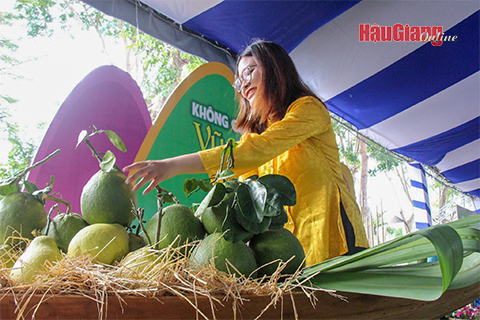









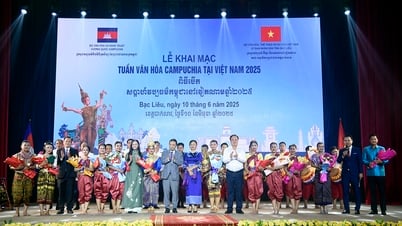
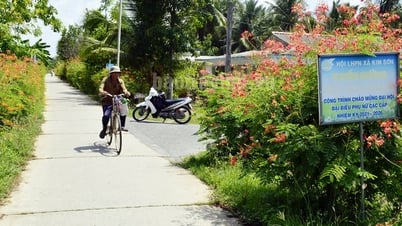

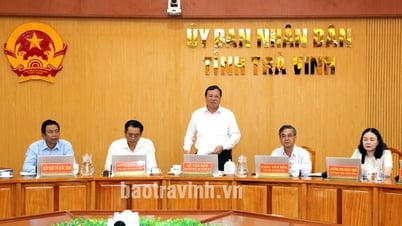






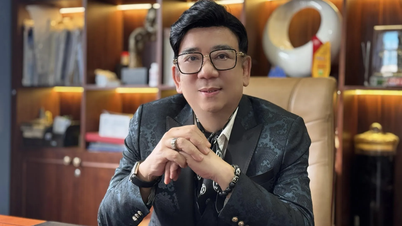
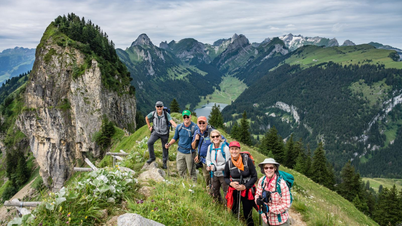
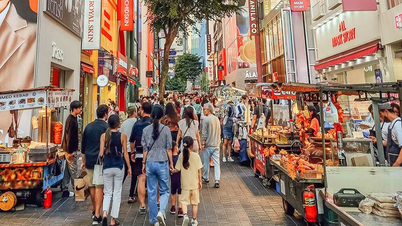





























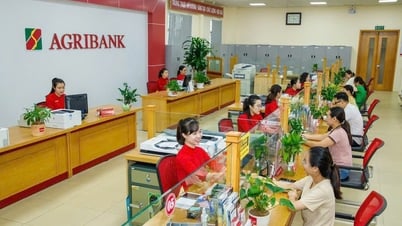
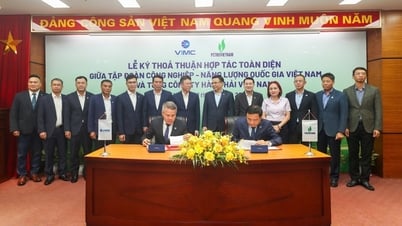










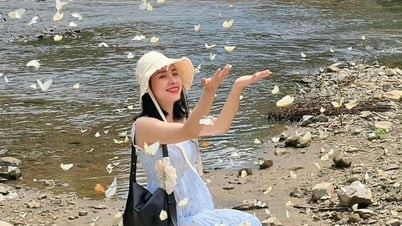


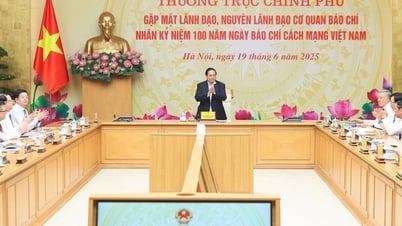
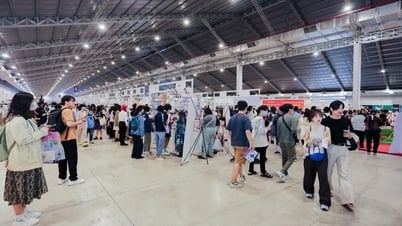

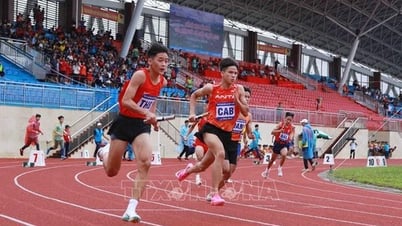
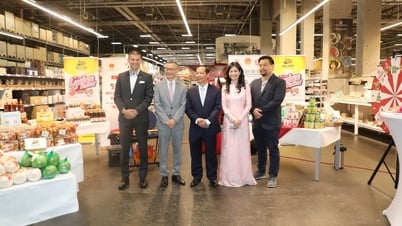


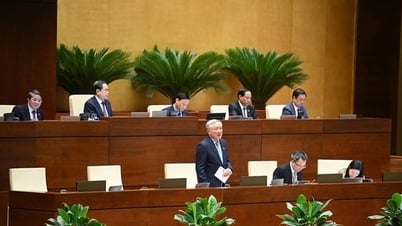

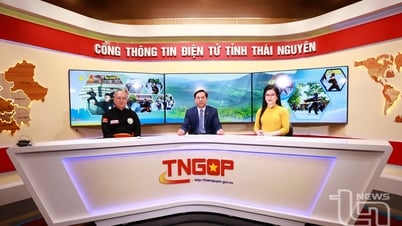





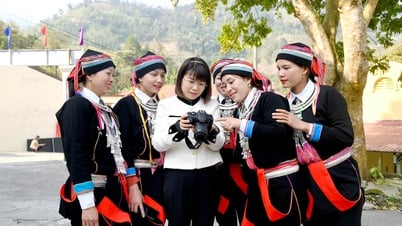











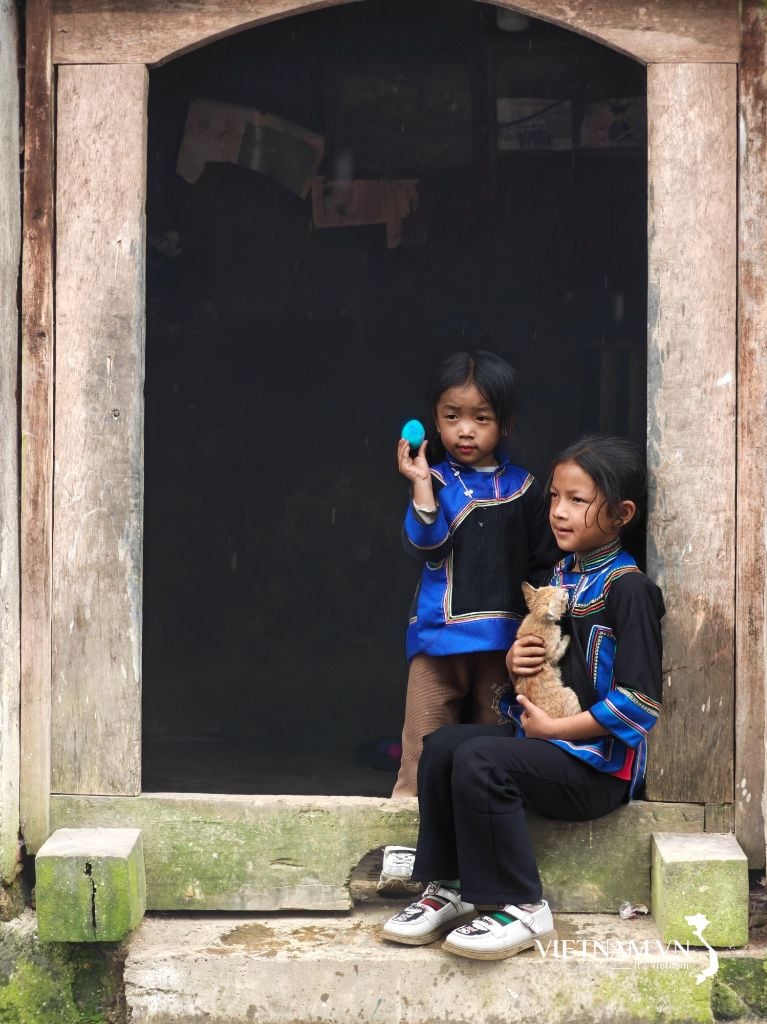
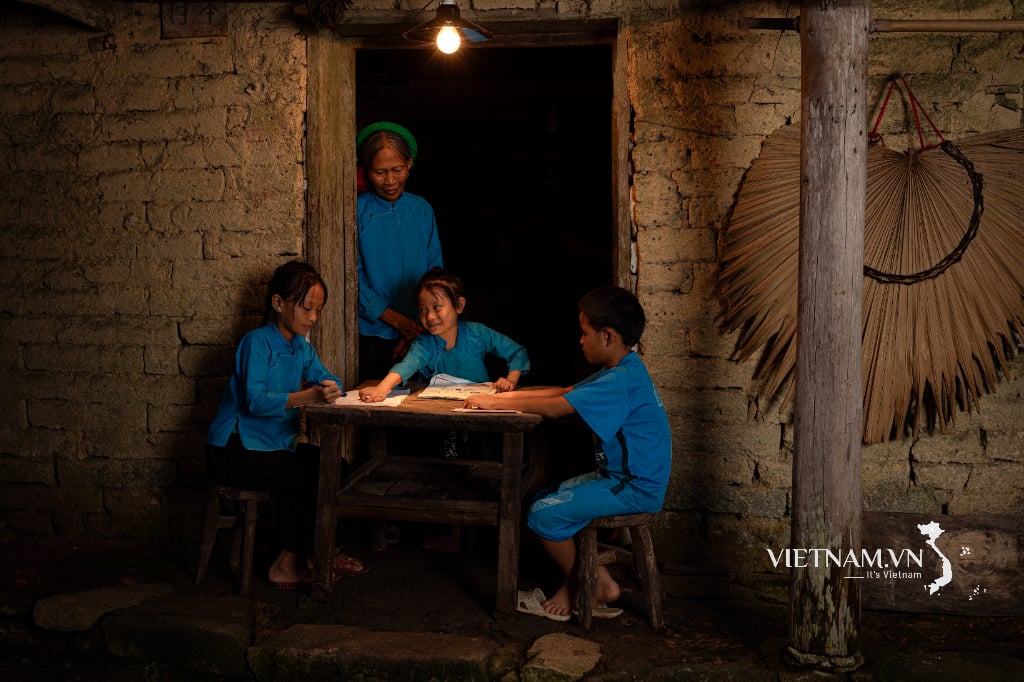

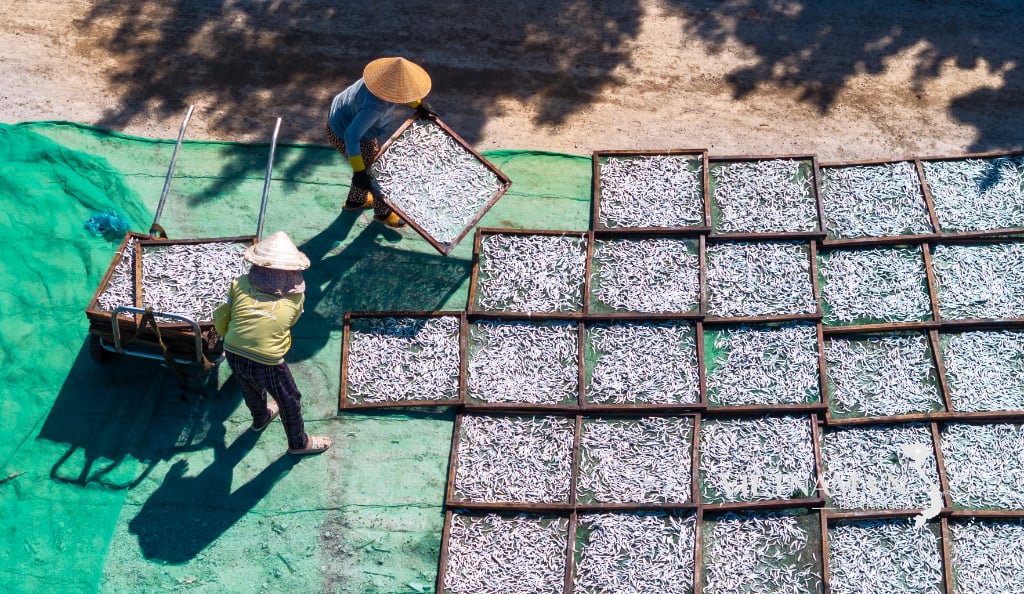
Comment (0)